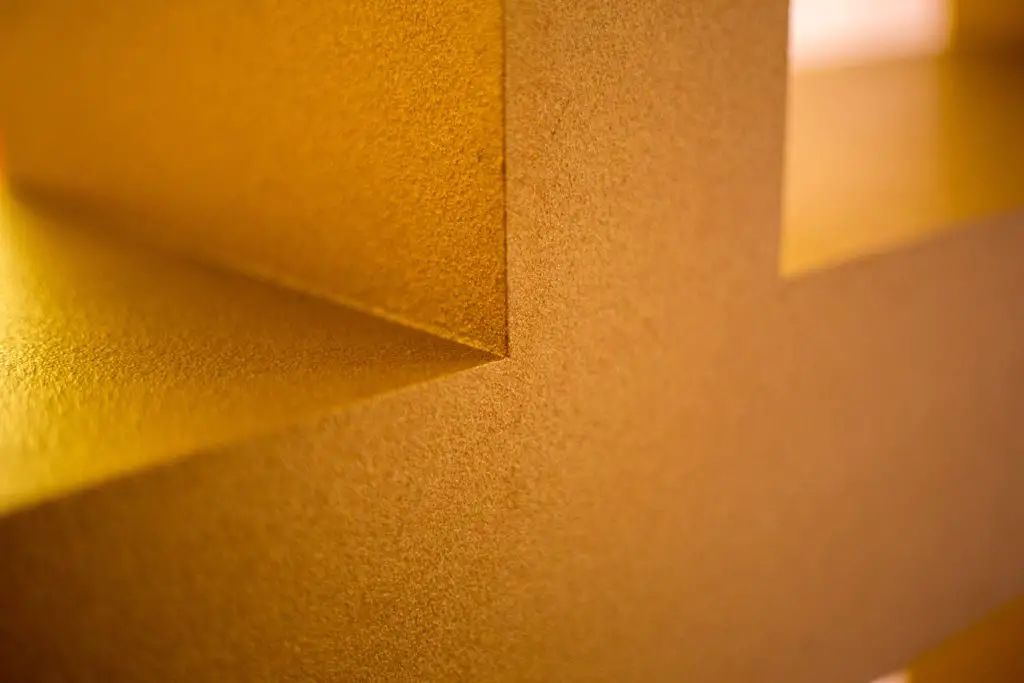A shape is a form of an outline or an object which has a defined boundary and area. The world is full of different shapes. These shapes have their dimensions. There are 2-d shapes and 3-d shapes. Cube, Cuboid, Cone, Sphere, and Cylinder are 3-d shapes as they have length, width, and height. Square, Rectangle, Triangle, Polygons, Rhombus, and Parallelogram are 2-d shapes, they have length and width. Keep reading to know about does A Parallelogram Have Right Angles?

A Parallelogram is a quadrilateral with two pairs of parallel sides. The opposite angles are congruent, a few examples of a parallelogram are the roof, tile, and solar panel. It is a closed plane figure with diagonals bisecting each other. A rectangle, rhombus, and square are types of parallelograms. So, can a parallelogram have right angles? Yes, a parallelogram can have right angles. A square is a parallelogram, has all its angles and diagonals bisecting each other at a right angle. A rectangle, this quadrilateral has 90° angles. Any quadrilateral which has parallel sides, like a rectangle, is considered a parallelogram. Thus, a rectangle which is a parallelogram has right angles. The rhombus does not have right angles, but the bisecting diagonals create 90° angles at the center. Read further to understand various types of quadrilaterals.
What Are The Types Of Quadrilaterals?
The quadrilateral prefix “Quad” means four, and “lateral” means sides. A quadrilateral is a four-sided closed figure resulting in the total sum of 360° through the interior angles. There are various types of quadrilaterals. The few discussed above are square, rectangle, rhombus, and parallelogram. A quadrilateral is a four-sided polygon. Apart from these, a trapezoid is also a quadrilateral.
What Are The Types Of Angles?
An angle is a figure formed by the intersection of two sides. The two sides share one common endpoint is called the vertex. The types of angles are as follows:-
- Acute angle:
An angle lower than the right angle and has a value less than 90° is considered an acute angle.
- Obtuse angle:
An obtuse angle is an angle that has a value greater than 90°.
- Right angle or 90° angle:
The angle is created by the perpendicular line, which results in a straight line causing a 90° angle on the 180° plane. In quadrilaterals like squares and rhombus, this angle is formed by the bisection of the diagonals.
What Is A Trapezoid?
A trapezoid has one side parallel to the other. But the other side is not parallel, which means the lines do not have an equal distance between each other. Therefore, a Trapezoid is not a parallelogram because not all the corresponding sides are parallel. A trapezoid called a trapezium can have a 90° angle resulting in a right-angled trapezoid. The isosceles trapezoid has two non-parallel sides of equal length. The definition of rectangle includes square and the definition of parallelogram includes rhombus, square, and rectangle. Similarly, the definition of trapezoid includes a parallelogram.
What Makes A Rectangle Different From A Parallelogram?
Through the properties of a parallelogram, they are considered parallel as both pairs of opposite sides are correspondents. Similarly, in the rectangle’s definition, all the pairs are considered correspondents. But they are perpendicular to each other. Therefore, the 90° angles make a rectangle different from a parallelogram. But apart from angles, all opposite sides of a rectangle are equidistant. Thus, a parallelogram is a type of rectangle. But a rectangle can not be a type of parallelogram. In the same way, a rectangle and a parallelogram can be a square but not vice versa.
Conclusion:
A quadrilateral that has opposite sides parallel is a parallelogram. Parallel lines are lines that do not meet and are the same distance from each other. Square, Rectangle, and Rhombus are types of parallelograms. Each shape has its individual properties. A parallelogram can not have a right angle, but square, rectangle, and rhombus have right angles due to various features. Square and rectangles have right angles. Whereas the rhombus and square have right angles at the bisection of the diagonals. Trapezoid is also known as trapezium. This shape has one side parallel to the other. The three types of trapezoid are Isosceles trapezoid, Scalene trapezoid, and Right trapezoid.
Frequently Asked Questions:
- What are parallelogram laws?
There are two types of laws. The first law is the Parallelogram Law of Addition which proves that the opposite sides of the parallelogram are equal. And second law, the Parallelogram Law of Vector, denotes the vector in magnitude and direction.
- What are the properties of a parallelogram?
The sides facing each other are parallel and correspondent. One angle is supplementary to another with the same side interior. And the sum of two adjacent angles is always 180°.
- What are different types of parallelograms?
There are different types of parallelograms. Rhombus, rectangle, and square are considered parallelograms because opposite sides are equidistant, and the sum of adjacent angles is 180°. Parallelogram’s diagonals bisect each other. Square and rhombus create right angles at the point of intersection.


